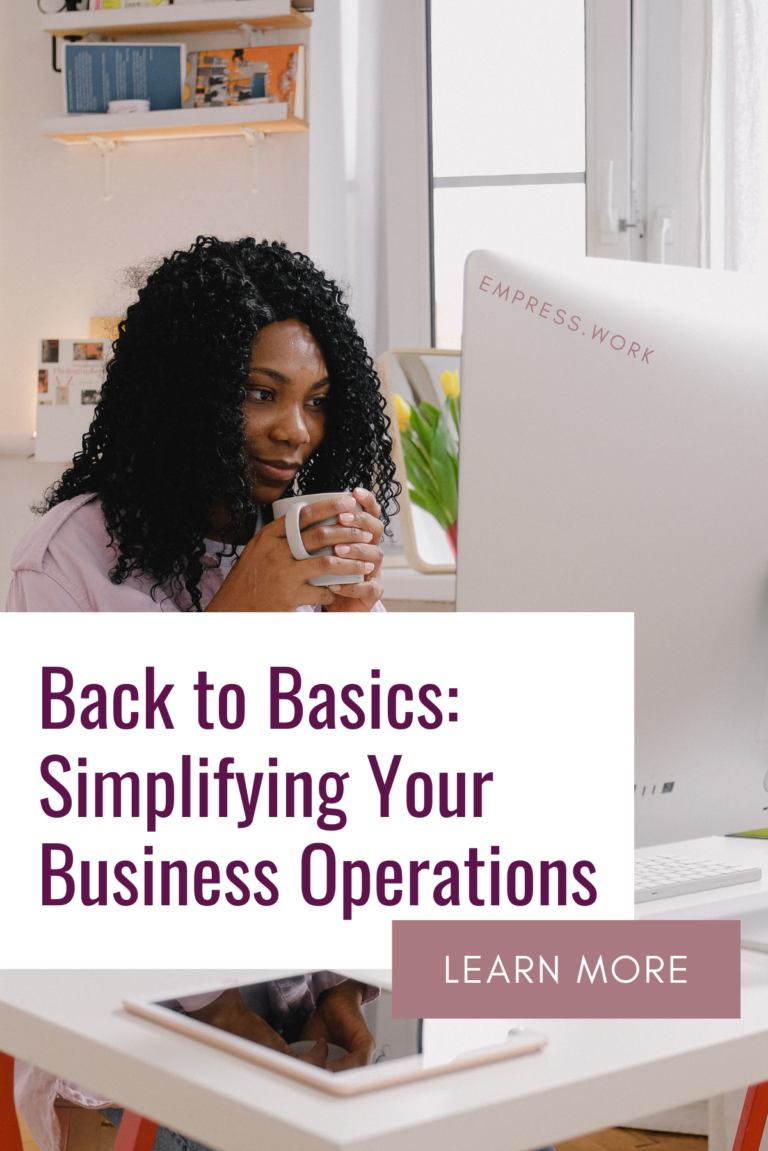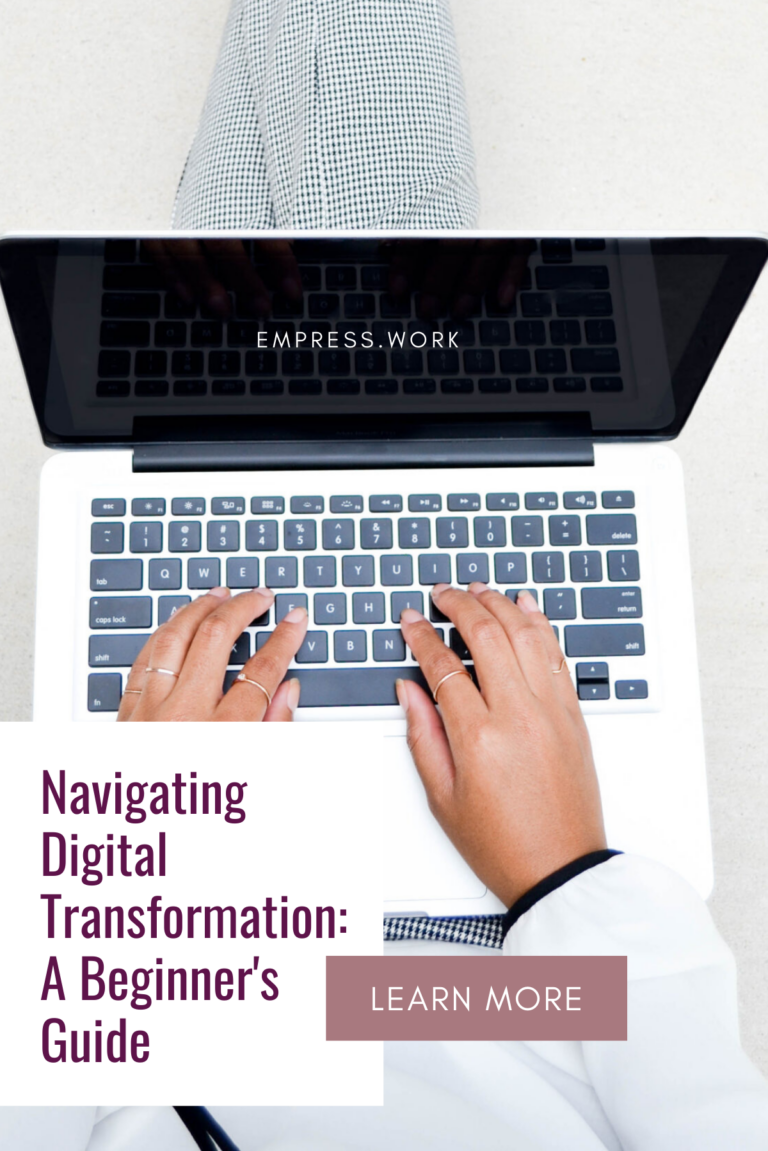There’s a reason ‘First impressions matter’ became a cliché. Because it’s true – especially for business owners.
How many chances do you get to hook new clients? With a great first impression, half the work is done. The other half is about building loyalty.
On-boarding new clients take good planning. Whether it’s getting their needs addressed immediately or pitching ideas to make them a social media icon, it’s important to plan the steps properly and use customer relationship management (CRM) software to streamline the process.
The proposal
- What’s the secret to writing a compelling proposal?
Ans: Identifying your potential client’s pain points, proposing a solution to address them, and, finally, stating your price.
- Step 1: Identify pain points clearly and simply so your prospective clients know that you understand their problems on a deep level. Use data and statistics. Use their competitors’ successes to illustrate why they need to bridge this gap.
- Step 2: Pitch your proposal. This is the part where you sell yourself – and well. This is where you leverage all your expertise to show them why you’re the best for the job.
- Step 3: Pricing is incredibly important because no matter how great you are at what you do, clients will be put off if it’s through the roof. Base it on the type of solution you’re offering, the length of the project, the expertise required to drive the solution.
The contract
Use contract automation software to cut down on tedious details and eliminate bottlenecks in drawing up contracts.
You can collaborate with your legal team on a single platform as the software brings together text, e-signatures, and everything else needed to create a solid contract quickly.
The invoice
Automate your invoicing with programmed invoice templates that demonstrate your brand identity, can be created in no time, and help you keep track of your finances.
Since the templates are automated, records are stored in the cloud to let you and your team access them anytime and from anywhere.
One of the biggest benefits of automating invoicing is error minimization. Data entry that has no verification layer has a 4% error rate – a big number that can potentially ruin client relationships and cost your business big. With invoicing automation, you bring that number down by a mile.
You can also use recurring payment or subscription-based payment options to automate invoicing. This is my absolute favorite! Do you remember the old infomercial about a kitchen gadget and the hook was “set it and forget it”? This is the set it and forget it option for billing not just for you, like with automated invoicing, but also for your clients.
Everything else
Aside from these processes, it’s very important to work towards building a long-lasting relationship with your client. Remember, creating their journey is an ongoing process.
- Brief your team on everything they need to know about the client. Identify each team member’s roles and responsibilities to help the client achieve their goals.
- Track client on-boarding milestones and share them.
- Track client inputs, deliverables, changes, etc.
- Review the client relationship periodically, plug gaps, and brainstorm on how the relationship can be improved.
A positive on-boarding experience lets clients know that they’ve made the right choice by choosing to work with you. It’s also essential to increasing retention by breeding loyalty.
If you need help planning your on-boarding process and need guidance on how to choose and use a CRM software within your business, let us help.





